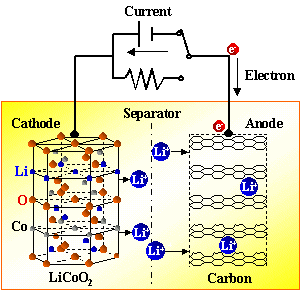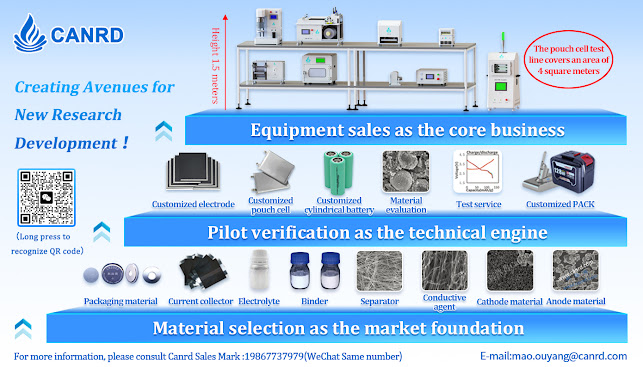Why do electrodes crack during lithium battery coating? How to solve it?
1. Detailed reasons for the cracking of the pole piece
1. Slurry problem
The slurry viscosity is not suitable:
- Viscosity is too high: The slurry has poor fluidity, making it difficult to spread evenly during coating and prone to cracking.
- Viscosity is too low: The slurry tends to flow, resulting in uneven coating thickness and cracking after drying.
Uneven slurry dispersion:
- Active materials, conductive agents and binders are not fully dispersed, resulting in local stress concentration.
- Agglomerated particles exist in the slurry, forming weak points during coating.
1. Slurry problem
The slurry viscosity is not suitable:
- Viscosity is too high: The slurry has poor fluidity, making it difficult to spread evenly during coating and prone to cracking.
- Viscosity is too low: The slurry tends to flow, resulting in uneven coating thickness and cracking after drying.
Uneven slurry dispersion:
- Active materials, conductive agents and binders are not fully dispersed, resulting in local stress concentration.
- Agglomerated particles exist in the slurry, forming weak points during coating.










